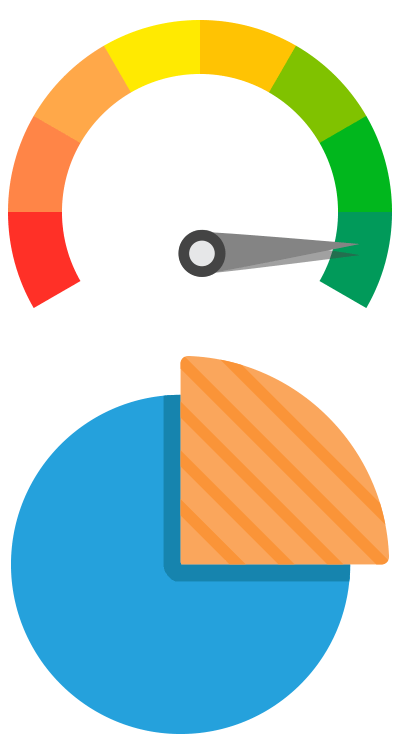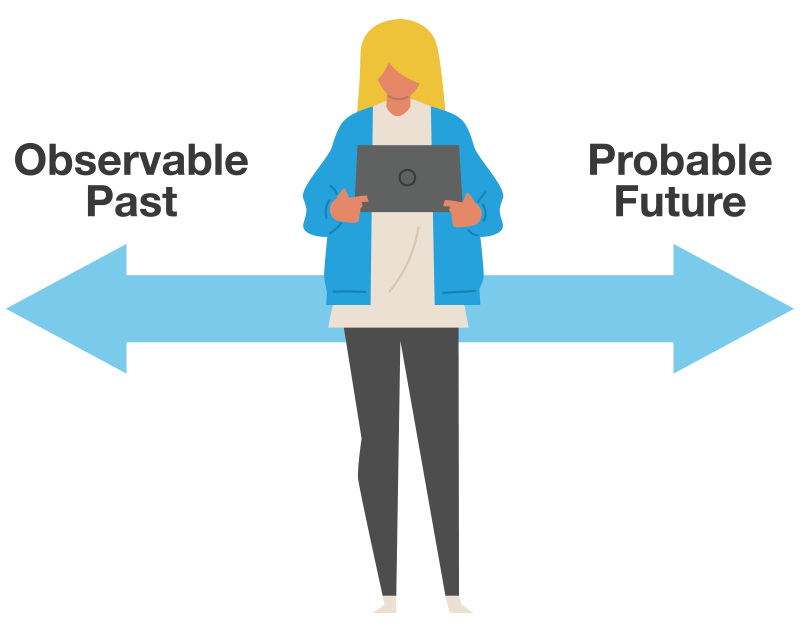Analytics Blog

Leverage Your CDP to Make Data-Driven Decisions
It occurred to me I have the wrong job title. As a digital analytics consultant, I should’ve realized sooner I was really a farmer — a data farmer.
It’s not a big stretch for analytics teams to adopt this new title if you think about what we do: We decide on what digital crops to grow. We find and prepare fertile fields. We plant the virtual seeds. We nurture and monitor the young data’s health. We harvest and share the bounty with others. We are data farmers.
Recently, a business came to Blast Analytics with a farming question:
![]() Can you grow a new crop called customer value, given the virtual stretch of land called a customer data platform (CDP)? We recognize the importance of customer value to successful marketing; we need a way to make smarter decisions to improve the customer experience.
Can you grow a new crop called customer value, given the virtual stretch of land called a customer data platform (CDP)? We recognize the importance of customer value to successful marketing; we need a way to make smarter decisions to improve the customer experience.
They were handling customer-level decisions with ad-hoc segmentation based on one or two customer conditions. What they needed was a customer value model that takes into account all the influential factors about past and projected future customer behavior.
Yes. It will require data farming.
Though a CDP can be seen as a focused data warehouse designed ultimately to support marketing efforts, the foundation is built on capturing sufficient data to support a variety of decisions. Successful marketing will use customer value to target and improve customer experiences and increase customer loyalty. Attempting to implement advanced segmentation may be quite complex, as many customer data platforms have rule-based systems. As CDPs begin to incorporate more advanced data science capabilities — some even directly baked into the platform — reducing complex data down to usable elements will be paramount.
Personally, I’m not into cultivating big data as much as I’m into cultivating insightful data, so for the sake of sharing the bounty, here are the steps we took to produce a small crop that was new, customer-focused, tasty, and organically grown — a way to make better decisions through data within our client’s existing customer data platform.
I’m not into cultivating big data as much as I’m into cultivating insightful data…
The Desired Crop Must be Designed Now
A common problem associated with our task of creating a new customer valuation metric is knowing exactly how a business will use it once it’s built.
- What will it look like?
- How is customer value defined?
- What decisions will be improved by using it?
- Which areas of our business will benefit from it?
I can’t stress enough how important it is to envision the end result, knowing what the customer valuation metric looks like and what it means.
The business that came to us had the directive to identify which customers were good customers today, and if they were going to remain good customers over time. Thinking about this definition, we really need two metrics of customer value: past value and potential future value.
…identify which customers were good customers today, and if they were going to remain good customers over time
With these objectives in mind, we start to see how a business can use these customer value metrics to develop a customer experience layer and automate decisions to both improve a customer’s digital experience and improve marketing performance. Two quick customer value example uses:
- A customer service representative can look at the past value of a customer when the customer is on the phone asking about new services or potentially trying to get a resolution on a previous service. Having a single metric gives the service representative a quick guideline as to how to best address the customer’s request.
- Marketing wants to send out a “platinum” offer to the top 25% of the current customer base. They have some segmentation ideas but need to also focus on only those that show the highest potential future value regardless of where they’ve been historically.
For clarity here, let me get specific about these two metrics. They can be either “event” oriented, such as the renewal of a subscription, or “dollar” oriented, such as purchase transactions. If you were inclined to choose “events” as your definition, consider assigning a dollar value to these events and define your metric in terms of monetary value.
Seeds of the Past and the Future
Considering customer valuation having an historic component (how much business has the customer given us up to this point) as well as a future component (how much business will the customer give us in an upcoming time period), we can look at what historic data are available to assemble a dollar valuation summation and prediction.
To take our designed objective to the next step, let me add the following definitions:
Let o(CV) be the observed customer value we can calculate today for any given customer. This sounds simple enough, but what’s that value in this case? Let’s assume a retailer sells a product that sells for $100. If a customer has purchased 50 of these products to date then we can calculate an o(CV) of $5000.
Let p(CV) be the probability a customer will purchase our products in a specific future time period. This component is trickier, as it implies the use of a customer value forecasting model to predict future purchases within a defined timeframe.

I purposefully avoid the phrase customer lifetime value because we can only project future customer behavior so far forward before predictions deteriorate. It’s quite reasonable, however, to expect next day, next week, next month, or next year predictions if the data used within a modeling process supports it. The business that approached Blast to work on their CDP expressed the need to use a projection spanning one year into the future. The future forecast will assist them in several marketing plans being executed now.
If you haven’t already recognized it, our TWO metrics have become THREE:
- o(CV) the customer value observed historically
- p(CV) the customer value predicted in a future period
- The sum of the two above, a more holistic customer valuation.
Fertile Acres Inside the Customer Data Platform
To provide a calculation of future customer value requires a forecasting methodology. The process will involve the gathering of historic data and evaluating various features and purchasing patterns exhibited by individual customers. This is why gathering and storing historical data within your CDP is a key factor, starting now.
…gathering and storing historical data within your CDP is a key factor… Click & Tweet!
What I recommend to our clients when they begin to gather data from disparate sources into a customer data platform is data that represents historical behavior patterns over time. Lots of time. Think back to our earlier use case definitions and the key actions and messaging we want to send to customers. We need to draw upon known historic patterns specific to our planned actions, be those for tomorrow, next week, or next year. We need data.
Focusing on the forecasting methodology now, the key to the customer value model is identifying past customer behaviors and factors that show the measurable evidence as to predicting future behavior. For fellow data scientists out there, this is where you start to see a classification or regression solution as being a way to actually calculate a desired future behavior. Customer data within your CDP can be used in a modeling effort to classify these customers into (“good”) those that exhibited a desired revenue amount within your specified timeframe and (“bad”) those that did not.
Cultivating the Crops
While it’s not obvious at first glance, not every feature of observed historical behavior yields a good crop for us. Like farming, when select crops grow well together, so can the features within a model when combined together properly. The right combination can provide even stronger customer value forecasting capabilities.
This process requires a good machine learning modeling program to take over. In a controlled way, this approach takes all the available features and combinations we created into consideration. The process yields the strongest features to use as the modeling software analyzes trends from historic customer behavior patterns.
Harvest Time
The result of a machine learning process is simply a formula. While a formula doesn’t sound as appetizing as your neighbor’s tomatoes, it provides us with a way to calculate, at the customer-level, today, a predicted future value over the next year. This is our p(CV) element we set out to calculate.
The formula shows us how to mix all the crops together to maximize the desired flavor: future value.
What this also means now, as you look at your crop, is you need to implement ongoing calculations of these customer value metrics o(CV) and p(CV) into your CDP and make these new fields available for use going forward. While the development effort to build a strong forecasting model from historic data was fruitful, we can’t ignore replanting and growing daily to make the models even better over time as more and more data are available to be evaluated.
This is one of the strengths of the customer data platform — its ability to be a foundation for implementing predictive models and developing new processes for customer decision management that support improving the customer experience. Isn’t that the ultimate reason for gathering centralized data? A CDP should be about more than just collecting data. It should enable making decisions that benefit the customer and the organization. Reaching beyond the data, we look for insight. Beyond finding insight, we make quantifiably smarter customer-level decisions.
A CDP should be about more than just collecting data. It should enable making decisions that benefit the customer and the organization. Click & Tweet!
Next Season
Like any good operation, it takes a solid plan, qualified farmhands, and the appropriate tools to fully succeed in growing healthy crops. To be prepared for the upcoming planting season, consider reaching out to the data farmers at Blast Analytics to help you grow your customer valuation capabilities with a CDP.









